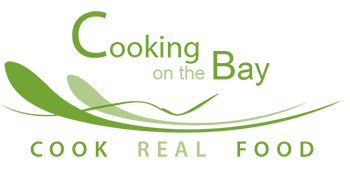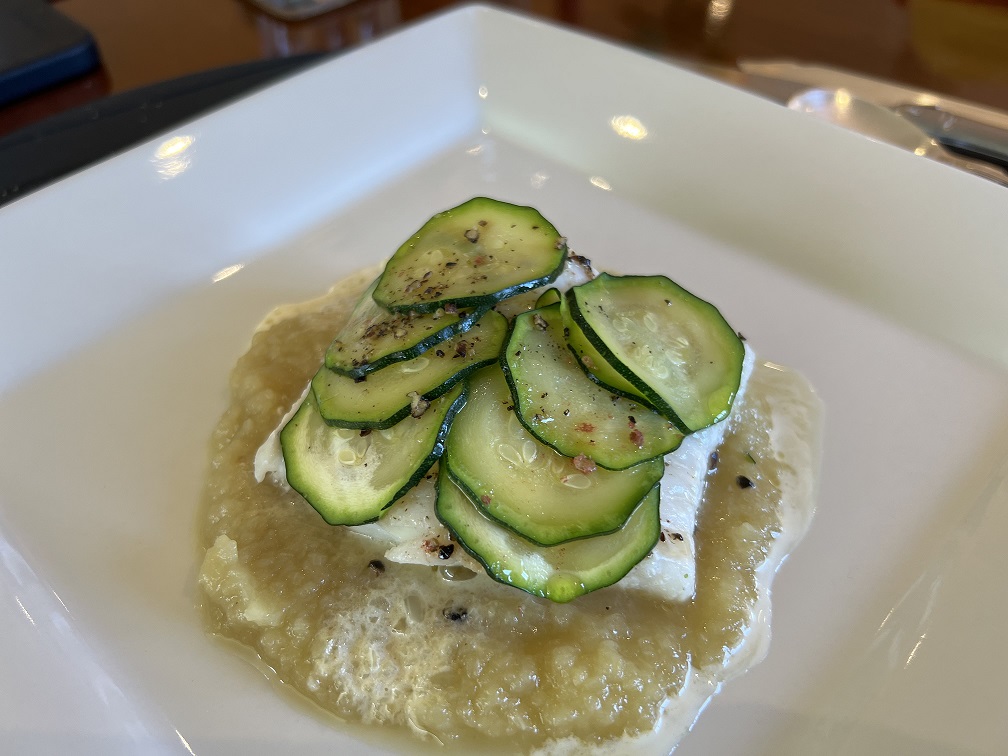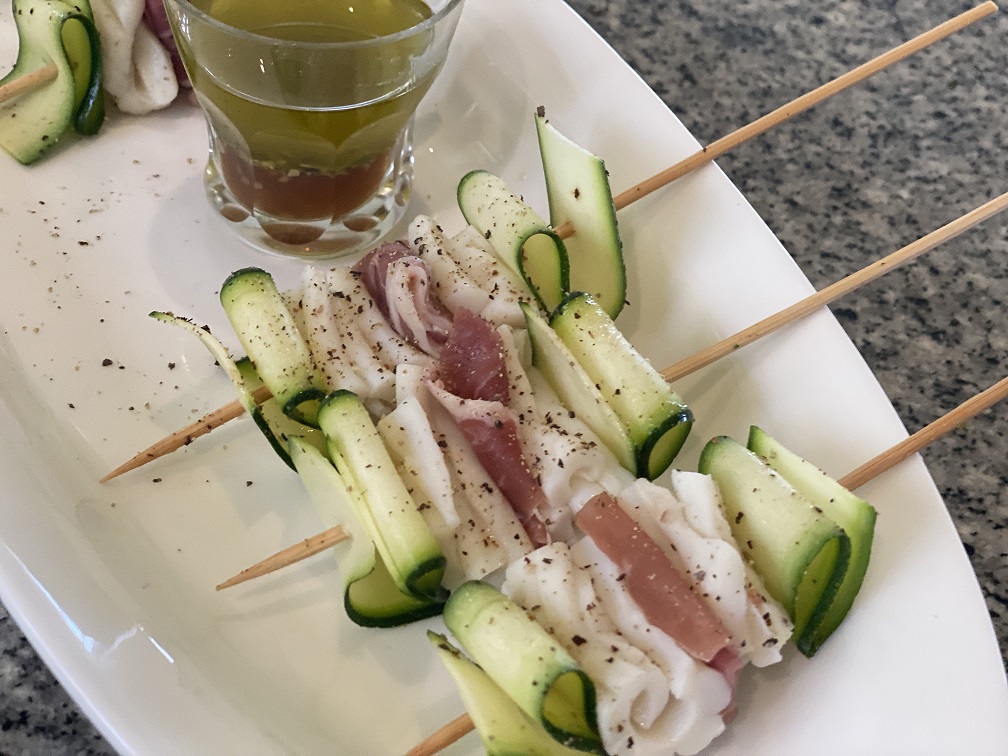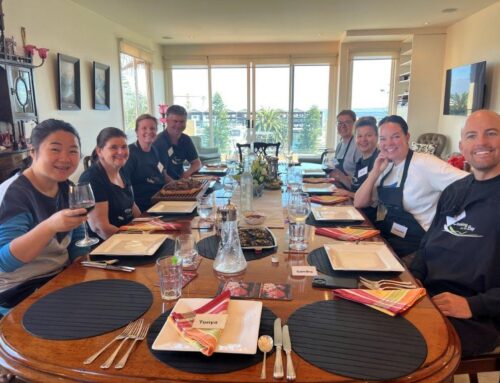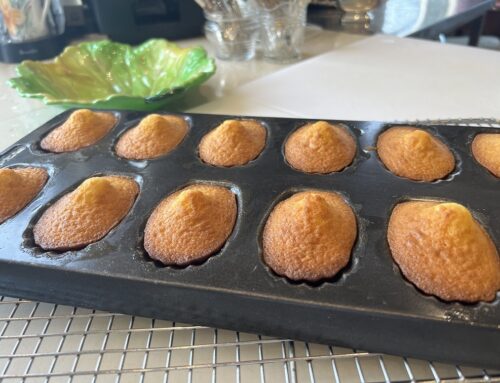Do you want to learn how to cook healthy, everyday meals? Then my Cook Real Food – Eat Real Food Low Carb Healthy Fat program is just what you need. The beginning of the new year is a great time to start thinking about health and fitness; this program is a perfect starting point. This program teaches you how to develop the best flavour from the food you cook and you learn the basic and essential methods and techniques of cookery.
Give Real Food Real Flavour!
I have been preparing a particular program of my Cook Real Food, Healthy Living Low Carb and Healthy Fat cooking classes for a private client to train some of their staff. I have been planning the menus and thinking which cooking techniques to use for a wide and comprehensive coverage to gain good, healthy, quick and easy dishes. A quick learn to cook program to gain the basics and achieve great results.
Once you understand the basic techniques and methods of cookery, you can cook almost anything, but you also need to develop your Cookery Awareness, the secret foundation of cookery. You need to learn to use and understand your senses: and use them when cooking. Starting with your sense of:
Flavour – the flavour elements – sweetness, sourness, bitterness, saltiness, umami* work with these.
Texture – sensed by touch in the mouth and with the hands; experience the crunch on the tongue; is the food soft or hard, mushy or crunchy, or smooth or lumpy.
Listen – to the sounds, such as the sizzle when the food hits the hot pan or oil or butter
Smell – the evaporating aromas, such as when something is cooking, eg nuts, chicken stock, butter
Look – at the food changing – colour in searing, browning
Feel by touch – the bounce of the flesh of the fish or meat to determine doneness, squeeze the vegetables
To achieve the best flavour in our food, one needs to understand the elements that generate good flavour and these are beautifully explained in Samin Nosrat’s book, Salt, Fat, Acid, Heat: mastering the elements of good cooking, which she says are generated by her four elements, those of the book’s title, Salt, Fat, Acid, Heat.
1. Salt enhances flavour. Food needs to be correctly salted but not salty. Taste your food as you cook and add the salt, a little at a time, until you have that zing of properly flavoured food. I love it in cooking classes when a student, follows this seasoning of the food and then can taste the difference! Correct seasoning gives that zingy, transforming the food from nice and ok to fantastic, wow that tastes good!
2. Fat delivers flavour and generates the 5 textures; making the food flaky, crispy, such as in pastry, creamy or light, and tender.
3. Acid balances flavour; food may be salted perfectly but it needs ‘to be alive on the tongue’, it needs that certain bite which the acid provides. Acid can be provided from a variety of food, such as citrus, fermented food, chocolate or coffee.
4. Heat, ultimately determines the texture of food. The type of heat you use to cook, should it be gentle or intense? determines how to make everything you cook taste delicious. Tender foods, such as chicken breasts or a beautiful Scotch fillet, require a high heat for a short time, whereas tougher foods such as oxtail, lamb or pork shoulder start with a gentler heat and are cooked for a long time before the meat becomes tender.
And finally, we need to Know What We Eat. In cooking classes, we cook everything we eat in the class, so we do know the ingredients in the dishes as we make. Good quality ingredients along with clever cookery techniques will help you achieve great results. We use the best olive oils, make our own ghee, and use good butters and duck fat from the cooking of the duck breasts in class. We avoid the industrialised, highly processed oils, such as canola, palm oil, which are detrimental to your health.
The same applies to the salt, which needs to be a good quality sea salt, such as what we use at Cooking on the Bay, Murray River Salt. Salts to be avoided are the commercial cooking and table salts with all their additives and anti-caking agents.
For further reading: Salt adds flavour and enjoyment to our food, by Tonya Jennings
Armed with such knowledge and know-how you will be well on your way to great cooking.
To book these classes click here
- Egg mayonaise, cornichons, chives and salmon roe
- Marinated octopus
- Calamari and prosciutto skewers
- Labneh dessert with berries
